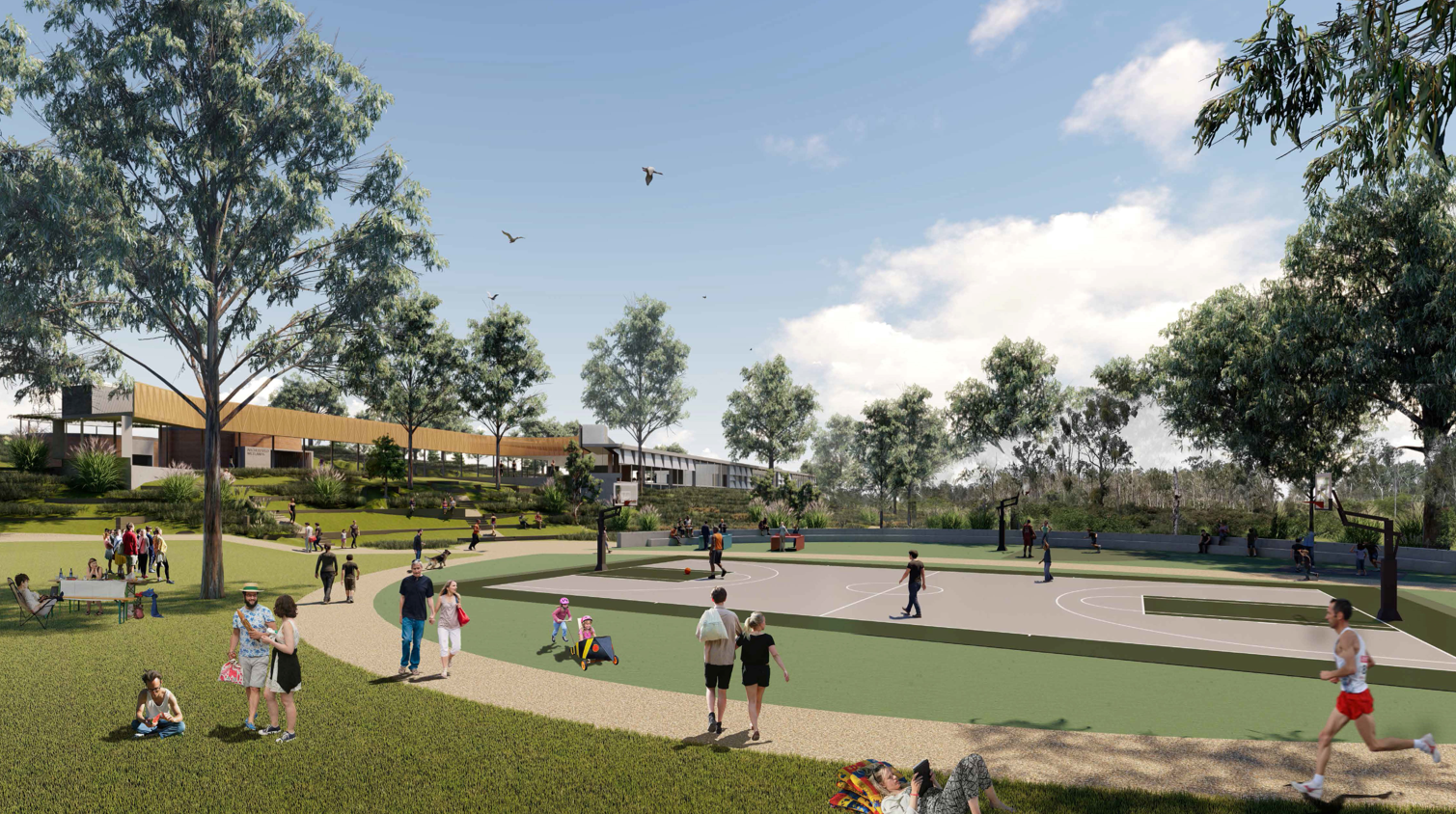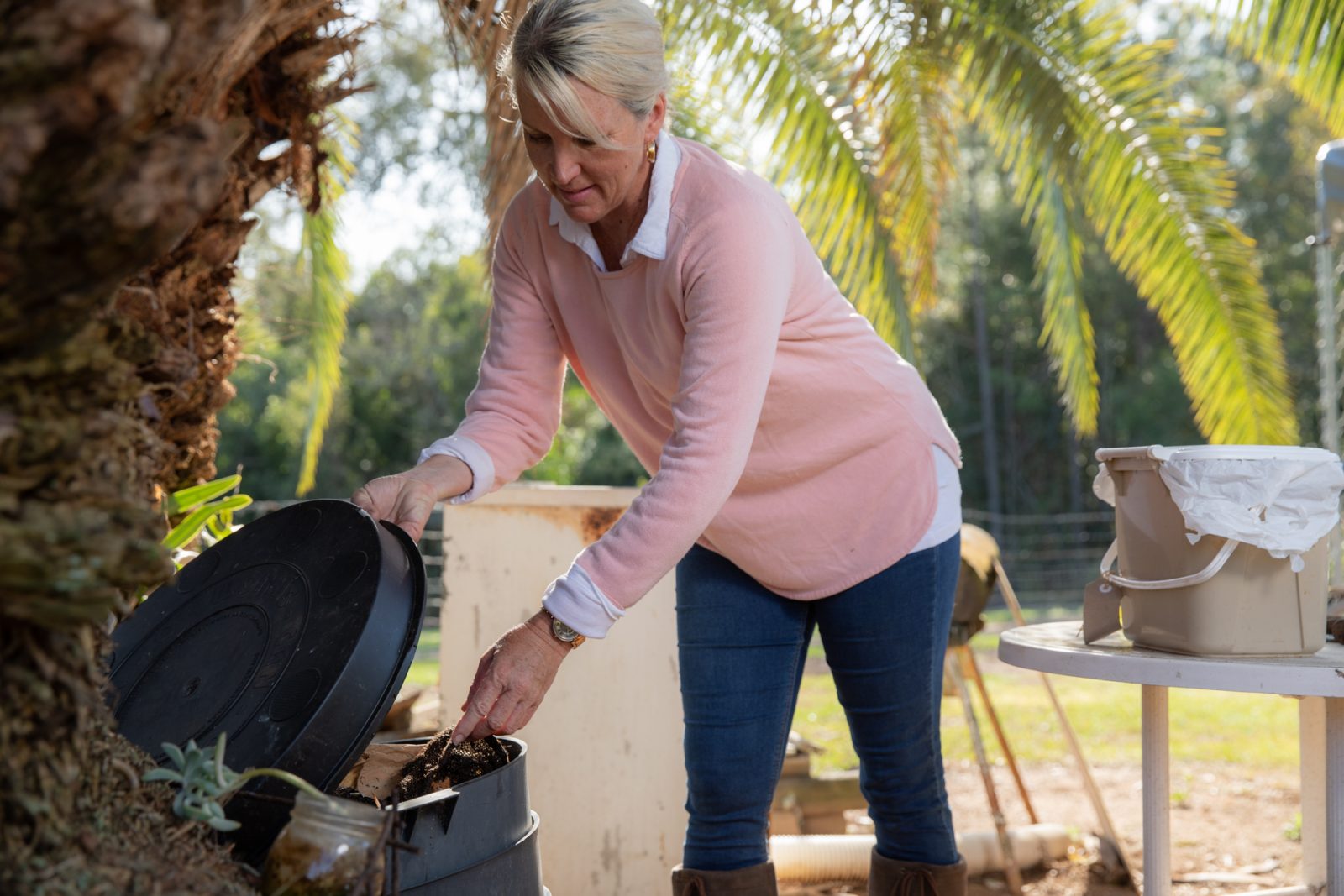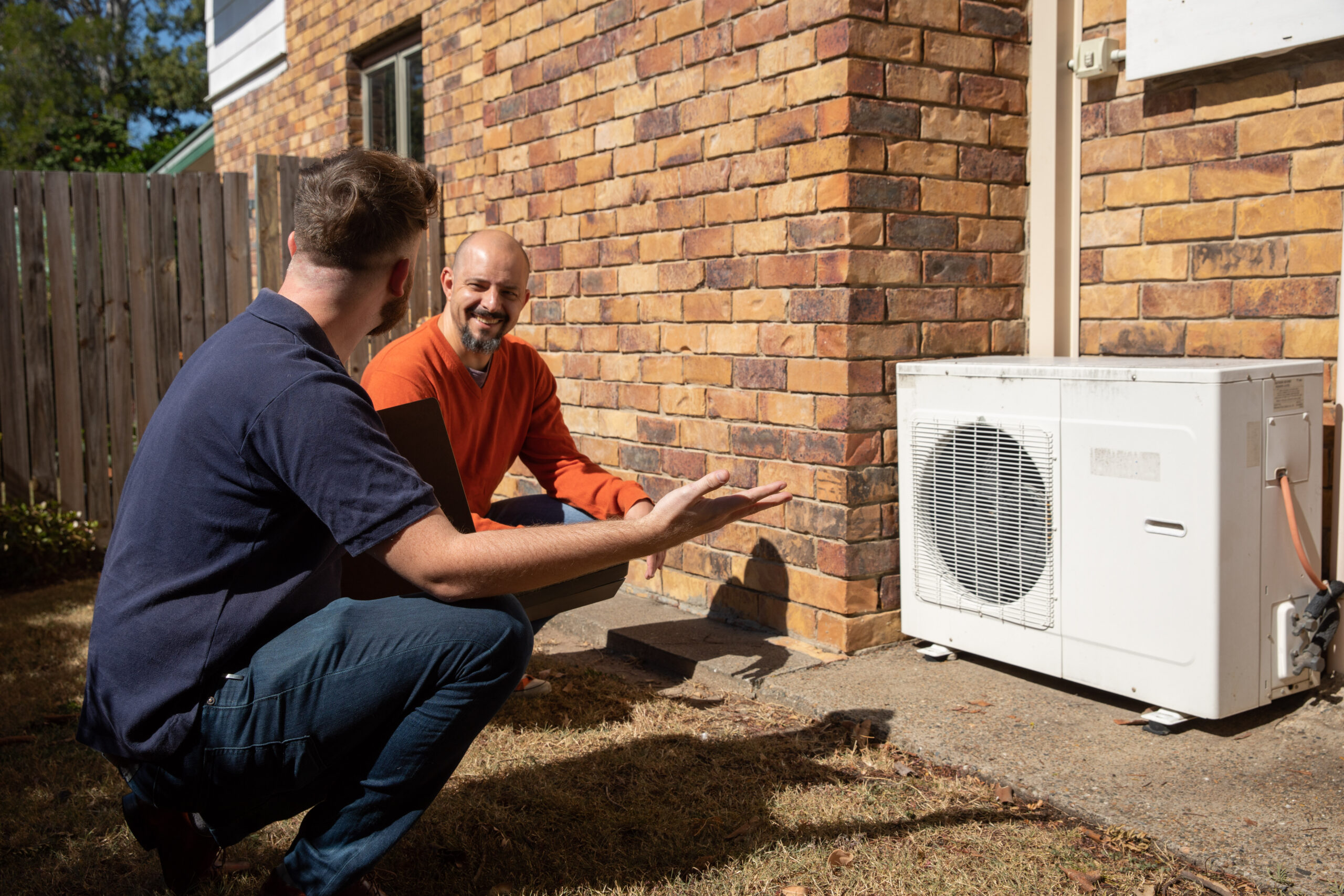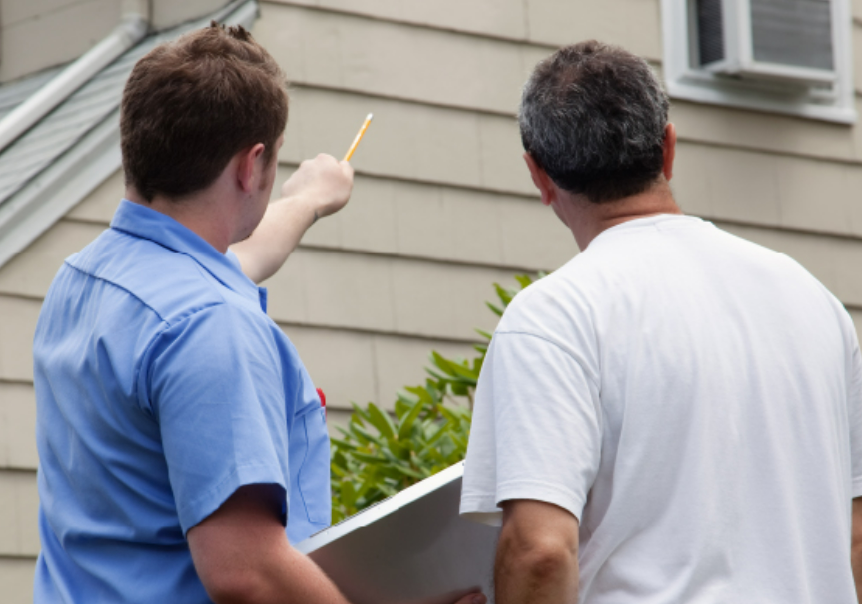The Lomas / Adams household
The story of a Brisbane Carbon Challenge champion household.
Household:
COUPLE
Dwelling:
HOUSE
Ownership:
OWN
Total emissions reduction: 54%
Original emissions:
7.6 tonnes
Transport: 5.3 tonnes
Energy: 2.2 tonnes
Waste: 0.1 tonnes
Reduced emissions:
3.5 tonnes
Transport: 3.4 tonnes
Energy: 0 tonnes
Waste: 0.1 tonnes
About the household
Living in their house in North-West Brisbane, Greg Lomas and his partner, Jo Adams, were quick to sign up for the Brisbane Carbon Challenge in their quest to live more sustainably. They exceeded their target to halve their carbon emissions by maintaining their effective waste minimisation habits, making lifestyle changes to reduce their transport emissions and using energy more efficiently when at home.
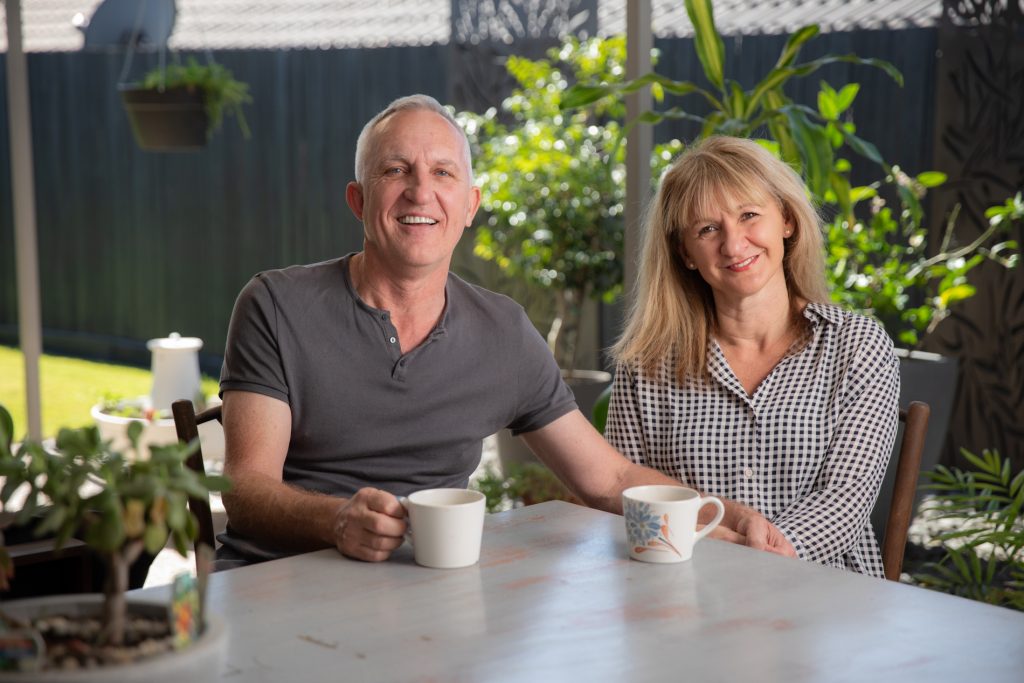
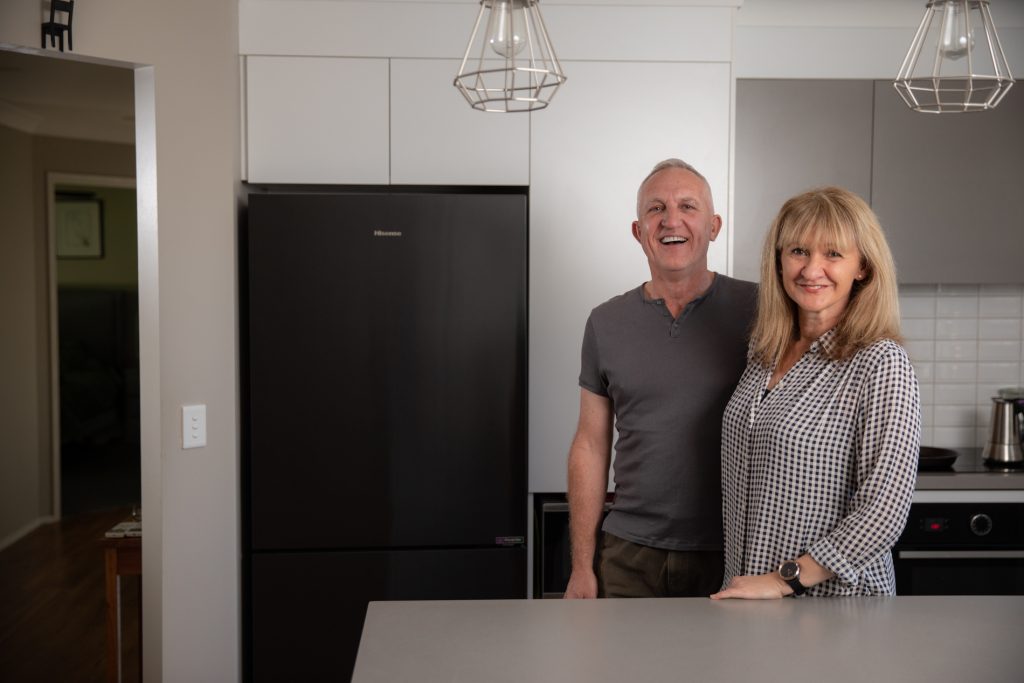
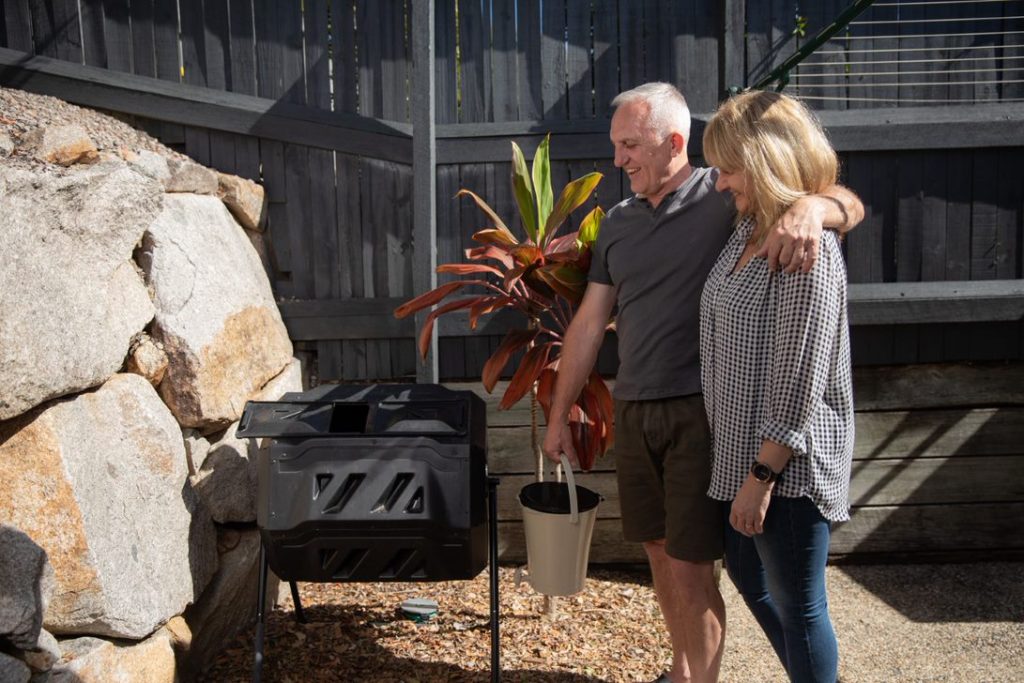
“The Brisbane Carbon Challenge helped us to strengthen our carbon awareness and learn how we can keep doing better.”
Greg Lomas
Successes
Smart fans made a cool difference
Greg and Jo initially relied on air conditioning to keep cool in the warmer months. During the Brisbane Carbon Challenge they installed smart, efficient direct-current (DC) ceiling fans in their main living rooms. DC fans have a smaller motor and are quieter and more energy efficient than traditional ceiling fans. Greg and Jo chose ceiling fans with in-built smart technology and use a remote app to turn their fans and other appliances off remotely.
As the sub-tropical weather warmed up last spring and summer, they used their ceiling fans more than the air conditioning. According to Jo, this was an eye-opening decision:
‘We have always been conscious of our energy use, so it was encouraging to find that small changes – like the installation of DC fans – can make a difference to the costs. These are easy changes that any household can make.’
Reaching for the stars
During the Brisbane Carbon Challenge, Greg and Jo upgraded their non-energy-efficient 3-star fridge to an impressive 6-star energy-rated fridge. With refrigeration accounting for 13% of the average Queenslander’s energy bill, a 3-star increase goes a long way for emissions and cost savings. While the upfront costs of highly energy-efficient appliances can be significant, Greg and Jo made the most of end-of-season sales to secure a great price on their appliance, making it an affordable investment. Reflecting back over the Brisbane Carbon Challenge, Greg noted, ‘it helped us to understand the difference that low-emission appliances can make.’
With these smart upgrades and the purchase of renewable energy through the government-accredited GreenPower scheme to reduce their night-time emissions (Greg and Jo already have a solar power system), the Lomas / Adams household was able to reduce their already below-average energy emissions to zero.
Challenges
Difficult to shift gears with transport
While Jo could commute by public transport to her office in the city and regularly work from home, public and active transport weren’t feasible options for Greg’s work situation. This made it difficult for Greg to significantly reduce his transport emissions besides practising eco-driving techniques and using E10 fuel. Lifestyle circumstances are always a big factor influencing transport emissions; Greg notes, ‘As a working household, using two cars is a necessity. My objective is to switch to an EV [electric vehicle] in the future. Until then, we’ll continue to try and be as mindful and resourceful as possible in our transport choices.’
Towards the end of the Brisbane Carbon Challenge, Greg was offered a job closer to home with the flexibility to work from home, thereby reducing his private vehicle use. This helped the Lomas/Adams household reduce their household transport emissions.
Greg’s top tip:
‘For couples – my key advice is to encourage each other, but draw the line when it sounds like preaching.’
Greg and Jo’s low carbon action plan:
- reduced private vehicle use
- adopted eco-driving techniques
- used E10 instead of petrol
- purchased 100% renewable energy (GreenPower)
- air-dried clothes instead of using a clothes dryer
- installed ceiling fans in living areas
- used fans instead of air conditioners
- upgraded fridge to a more efficient model
- upgraded lights to LED
- switched off appliances at the wall when not in use
- took shorter showers
- reduced food waste
- composted food and garden waste.

